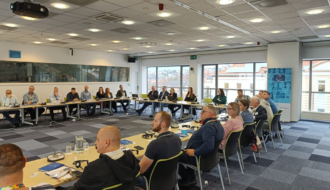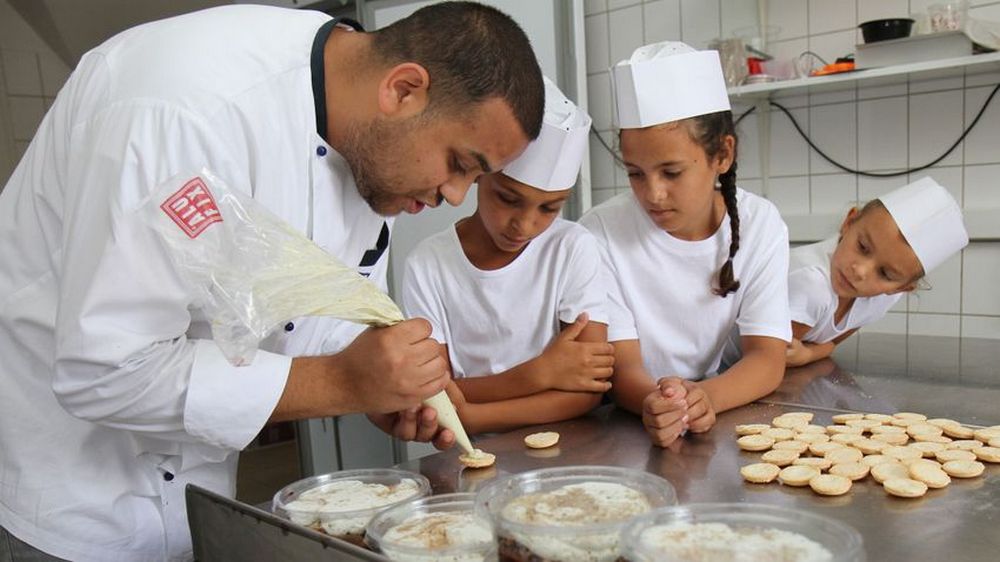Gorondi (2013) reports on a project in north-eastern Hungary, where many Rroma live. In the village of Bodvalenke, Rroma artists from all over Europe have contributed to the production of 33 murals on the outer walls of village houses. The subjects of the paintings cover both Rroma folklore and religious representations. The aim of the campaign is to strengthen both the self-confidence Rroma as well as to attract tourists to the small village characterised by high unemployment. The Rroma, according to Gorondi, were particularly affected by the economic crisis: “The Roma have been hit particularly hard by the economic and financial crisis starting in 2008 in Hungary. During the communist era, which ended in 1990, they had mostly guaranteed low-skilled jobs. But since then, many Roma, including those in a village close to the Slovakian border, have had a hard time finding their place in a more competitive society. Half of the residents in Bodvalenke are younger than 18 years, and most of the adults are unemployed and live more badly than well on government support.” The idea of the murals comes from the activist Eszter Pásztor. However, the project is not without controversy. The mayor of the village would much prefer proper jobs. That the murals really will attract tourists is to be hoped, but probably doubtful in view of the widespread prejudice against Rroma.
- Gorondi, Pablo (2013) Wie ungarische Roma den Stolz entdecken sollen. In: 20 Minuten online vom 28.10.2013. http://www.20min.ch/panorama/news/story/31425304

